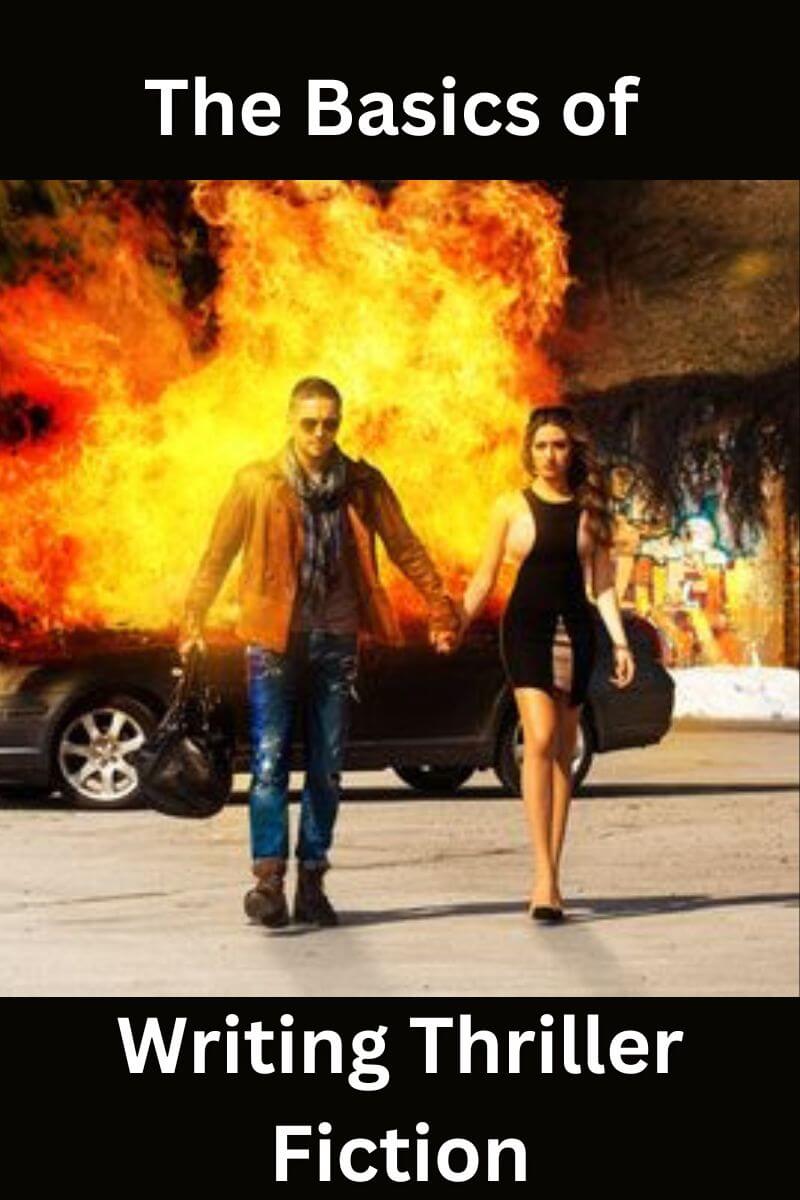Comic plot and a novel plot... any differance?
by Jakub
(Radom, Poland)
Question: I'm drawing a comic, or I might say a graphic novel. As its name might be self-explanatory (graphic novel is, well... a novel, duh) I think there must be some significant differences between them, or are there? Maybe I'm just looking too much into it, and comic plots are just the same as books plots and the only one thing that distinguishes them is the format in which the story is presented? And if graphic novel plot needs to be really different than a book plot, then on what should I focus, to make the most out of comic story? I would love to read your answer to my questions.
(I'm sorry for any errors I might've made, it's just that I'm still learning English.)
Answer: While many of the elements of story are the same in any format, different formats have their strengths and weaknesses. Different elements are emphasized in different media.
Here are a few random thoughts on the subject...
The biggest difference is that the novel is actually more of an aural, language-based medium (having evolved from storytelling), while a graphic novel is more of a visual medium.
A script for a graphic novel is much closer to a screenplay than a novel. For one thing, they are both considerably shorter than novels. I don't mean necessarily that a graphic novel has fewer pages than a novel (though that's often the case), but it will have fewer words per page. Consequently, you can usually tell a more complex plot in a novel than in a graphic novel. You can develop plot and character arcs more.
More importantly, because graphic novels and films are primarily visual media, continuous action is more important to both.
One advantage of a novel is that the reader can spend a lot of time inside a narrator's or a character's head, which creates the illusion of being the character. It's a more intense, intimate experience. The narrator can spend more time reflecting on things. The main
Conversations between two characters are also easier to do in a novel. A minor conversation that takes one page in a novel might take several pages in a graphic novel because of the need to provide a new panel/perspective every line or two. Plus, you wouldn't devote several pages to a conversation in a graphic novel unless that conversation was very significant.
It's more likely for conversation to be simultaneous with the action in a graphic novel, whereas it can have it's own scene in a novel. This also makes it easier to explore relationships in more depth in a novel.
In a film or graphic novel, time spent inside a character's head can be quite boring visually. There is less room on a graphic novel page for long monologues with no action. Voiceover narration or captions need to be brief. This also makes it harder to work exposition into a graphic novel. On the other hand, an illustration can often convey a lot of information.
In a graphic novel, the readers are "looking at" the main character, while in a novel the readers feel like they are "listening to" the main character or the narrator. Consequently, in a novel, the style and voice of the language are more important. Characters can spend more time sharing their thoughts with the reader, philosophizing, and exploring ideas. In a graphic novel, the style of the artwork matters more. Characterization is more external and visual.
That said, over the past century, popular fiction has come to imitate some of the features of screenplays. There has come to be more "showing" than "telling" in novels, more scenes than summary or reflection. This is more true for popular fiction than literary fiction. Hard-boiled novels often read much like screenplays. On the other hand, graphic novels have become more literary - using images to convey a character's inner world.
- Home
- Genres
- Genre Questions
- Comic plot and a novel plot... any differance?











